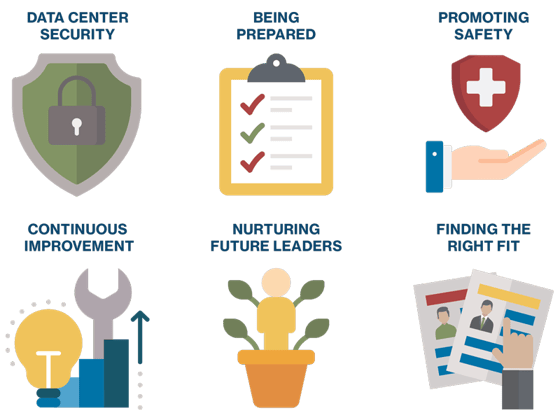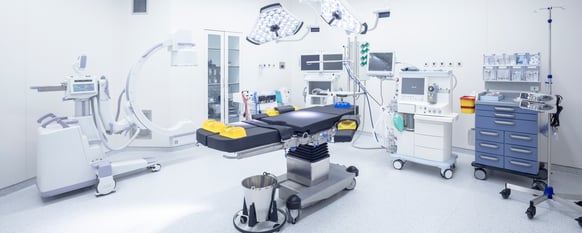Recently, liquid cooling has garnered significant attention in the data center landscape, yet its roots trace back to the 1980s in various forms. The recent surge of interest in this cooling method is largely due to the growth of artificial intelligence (AI) technologies, therefore introducing it to even MORE people, as they wonder what this “cool new thing” is. And, since the quest to increase your systems’ efficiency is never complete, it’s no wonder why liquid cooling has found its way into nearly all discussions about the future of data center operations.
As mentioned, the emergence of AI-powered programs, like ChatGPT, have intensified the world's focus on AI across various sectors, from data science to university programs. According to a recent study by Accenture, 98% of company leaders are contemplating the potential impact of AI on their businesses. One inevitable consequence AI will bring to businesses, is the escalation of their data centers’ temperatures. Without adequate cooling mechanisms, these temperature increases can lead to equipment failure due to heat tolerance thresholds constantly being surpassed. This is where liquid cooling emerges as a vital solution.

Liquid cooling offers superior thermophysical properties, making it more efficient for managing the extreme heat densities that are generated by IT racks supporting high-performance computing (HPC) applications. As data centers integrate liquid cooling solutions into their networks, several considerations come into play.
One critical decision point is selecting the appropriate liquid cooling technology. Fortunately, cooling manufacturers have developed various methodologies, with immersion and direct-to-chip being the most popular. However, there is no universal guideline for determining which technology suits a specific setup.
Each methodology presents unique advantages: direct-to-chip cooling offers better thermal resistance and easier maintenance, while immersion cooling tends to be simpler to manage and space-efficient, with greater flexibility across different hardware types. Both methodologies offer some opportunities for heat reuse and can be integrated with other infrastructure components to create hybrid solutions. For example, pairing with rear door heat exchangers for enhanced heat dissipation efficiency.
If you decide to go the liquid cooling route, you’ll need to determine the most applicable liquid cooling methodology for your critical infrastructure’s needs. An important part of this process will be assessing the different methods’ impact on power consumption, ensuring that when implemented, you will have structural support for the additional weight (think: raised floors), and establishing a maintenance program to ensure smooth operations and a significantly prolonged lifespan.
So, if and when you decide liquid cooling is the best path for your business’s needs, be sure to give careful consideration of these various factors. Most importantly, you’ll want to ensure optimal performance and longevity of infrastructure.
To learn more on this topic, we encourage you to watch our recent webinar “The 2024 State of Liquid Cooling” in which guests Dr. Richard Bonner and Liz Cruz of Accelsius explore a more in-depth look at the world of liquid cooling.





















